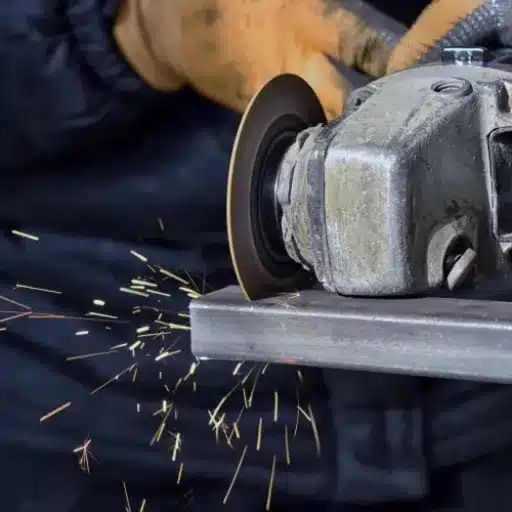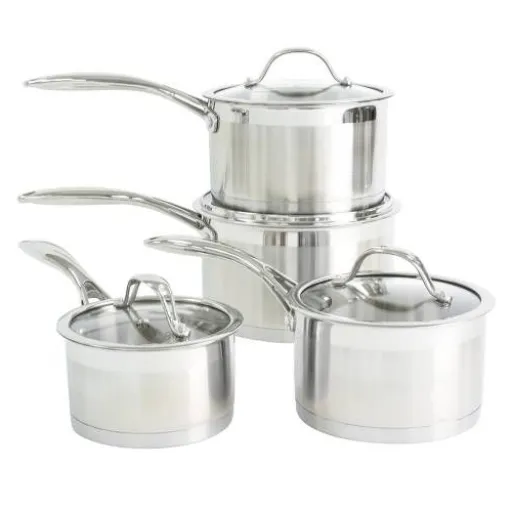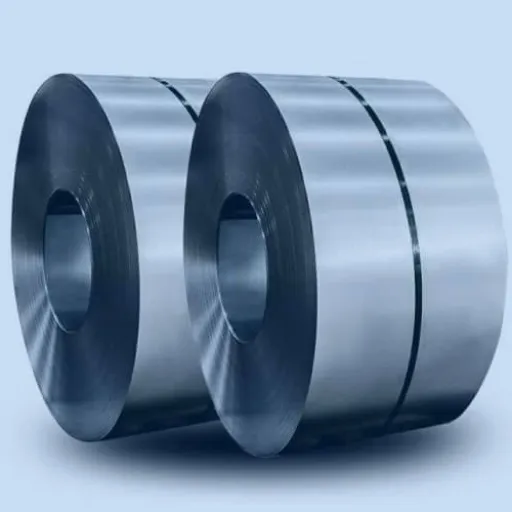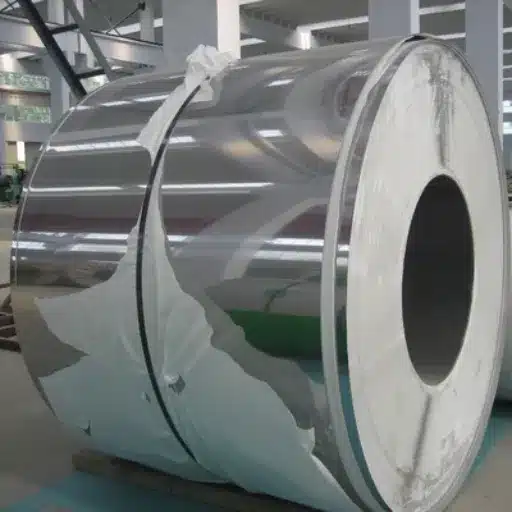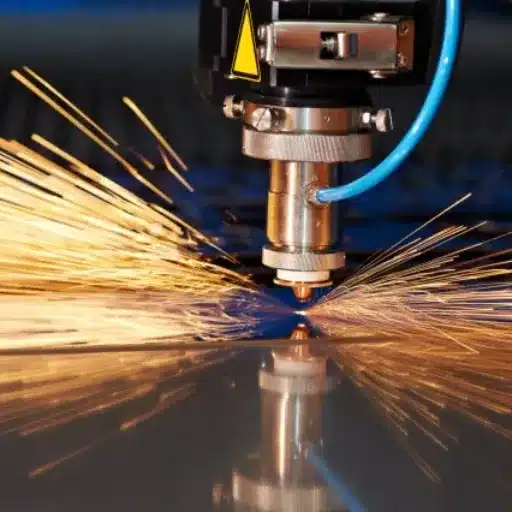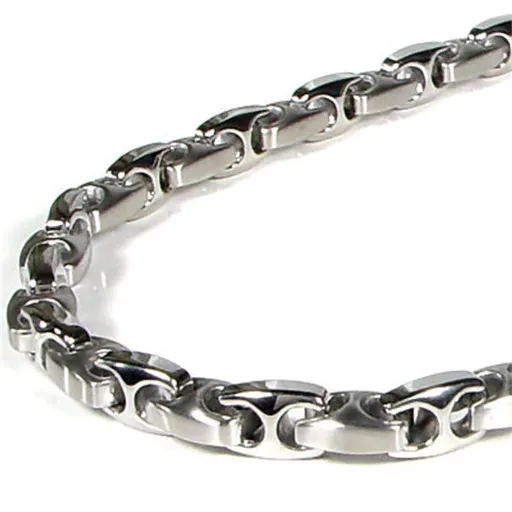Though stainless steel is a tough material, it still can be cut nicely with proper attention and skills, even professional DIYers among others. To get the desired results one needs to have right tools, right methods and safety measures. No matter if you are doing home repair, making crafts, or doing an industrial job, knowing the right ways of cutting stainless steel will save you time, hard work, and most of all, the anger that comes with it. In this write-up we will be discussing the different ways and tools to cut stainless steel, helping you get the same nice results as experts while keeping safe all the time.
Introduction to Cutting Stainless Steel
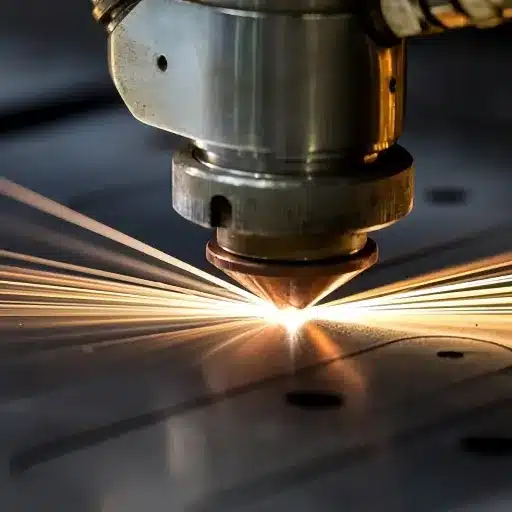
The Importance of Precise Cutting Methods
When cutting stainless steel, the top priority is precision because it guarantees a clean and usable finish and keeps the material’s strength intact. The good things about stainless steel are its durability and the ability to resist rust which makes it a preferred choice for many applications like kitchen appliances, car parts, and architectural features. However, the same traits also create the problem that wrong cutting can leave rough edges, distort the material, or even damage the cutting tools.
The right cutting tools will be the main improvement in both efficiency and quality of the process according to the industry standards. Angle grinders, circular saws with carbide-tipped blades, and plasma cutters are some tools that are noted for their effective handling of this tough material. For example, modern plasma cutters can reach cutting speeds of approximately 20 inches per minute on 1/4-inch thick stainless steel, thus delivering fast and precise results.
Overview of Stainless Steel Properties
Stainless steel is a metal that can work in many ways and is long-lasting. It is usually considered the best metal resistant to corrosion, high heat, and mechanical deterioration. The specific elements of stainless steel composition give it its unique properties, mainly iron, carbon, and at least 10.5% chromium, which together create a passive oxide layer on the metal surface to prevent it from rusting. Some grades even contain nickel, molybdenum, or titanium, which further increase their strength and resistance to certain environments.
Stainless steel’s high strength-to-weight ratio is one of the main reasons it is used in applications that need tough, albeit light materials. Thus, austenitic stainless steel, namely the grades 304 and 316, are still essentially strong and malleable at very low (cryogenic) temperatures, while ferritic 430 types are magnetic and their tensile strength is known. The range of tensile strength for stainless steel is typically between 500 to 750 MPa (megapascals), depending on the grade and application.
Understanding Stainless Steel Sheet Metal Properties
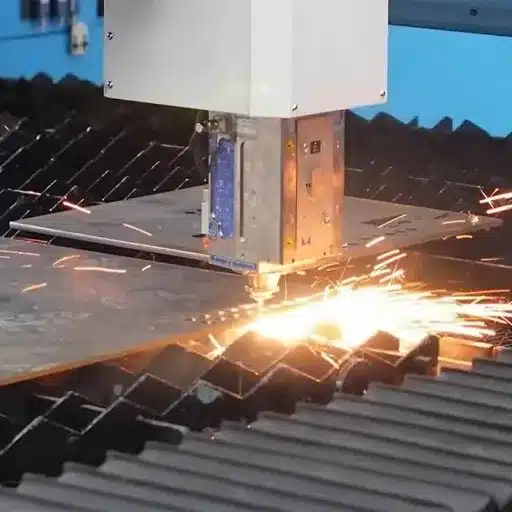
Characteristics Affecting Cutting Techniques
Material Thickness:
Thinner stainless steel sheets (e.g., under 6mm) can often be cut quickly and accurately using methods like laser cutting, which allows for intricate designs and minimal material deformation. For thicker sheets (above 10mm), plasma cutting or waterjet cutting may be more suitable due to their ability to penetrate dense material effectively.
Grade of Stainless Steel:
Different stainless steel grades, such as 304 and 316, have varying hardness levels and corrosion-resistant properties. For instance, Grade 316, known for enhanced resistance to harsh environments, requires advanced cutting systems like abrasive waterjets or high-definition plasma to ensure quality edges without excessive wear on machinery.
Finish Type:
The surface finish of stainless steel, such as No. 8 (mirror finish) or hairline brushed, can influence the cutting process. Mirror finishes demand non-contact cutting techniques like lasers to avoid scratches or distortions. Conversely, rugged finishes used in industrial environments may tolerate mechanical methods like shearing or sawing.
Applications of Stainless Steel in Various Industries
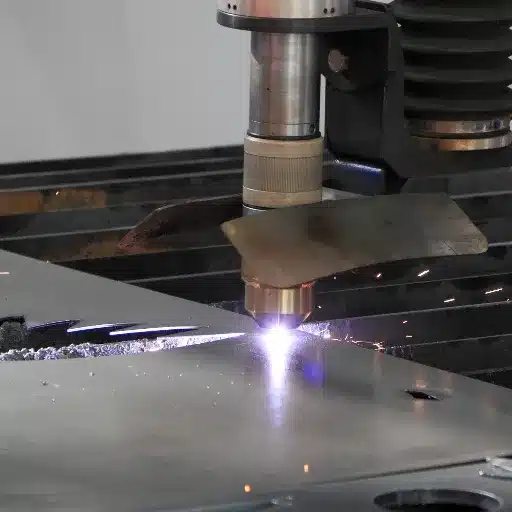
1. Construction and Architecture
Stainless steel plays a critical role in modern construction and architectural projects. It is commonly used in structural components, cladding, handrails, and roofing due to its ability to withstand extreme weather conditions. According to industry reports, more than 26% of the global stainless steel produced is used in the construction sector. Its aesthetic appeal also makes it a preferred material for high-profile architectural designs.
2. Automotive Industry
The automotive industry heavily relies on stainless steel for manufacturing exhaust systems, fuel tanks, and structural components. Its resistance to heat and corrosion ensures long-lasting performance in vehicles. Data suggests stainless steel usage in automotive manufacturing is expected to grow by over 5% annually as electric vehicles become more prevalent due to their need for lightweight yet durable materials.
3. Medical and Healthcare
Stainless steel is indispensable in the medical field due to its hygienic properties and biocompatibility. It is used for surgical instruments, implants, and hospital equipment such as beds and trays. Surgical-grade stainless steel offers a high degree of sterilization, making it essential for maintaining health and safety standards. Research shows that 60-70% of surgical instruments are made from stainless steel.
4. Food and Beverage Industry
This industry benefits from stainless steel in food processing equipment, storage tanks, and kitchen appliances. The material’s non-reactive surface ensures food safety by preventing contamination. Stainless steel also meets stringent hygiene regulations in food production. The global demand for stainless steel in this industry is projected to rise significantly, with CAGR growth expected to reach around 6.2% by 2030.
Essential Tools and Equipment for Cutting
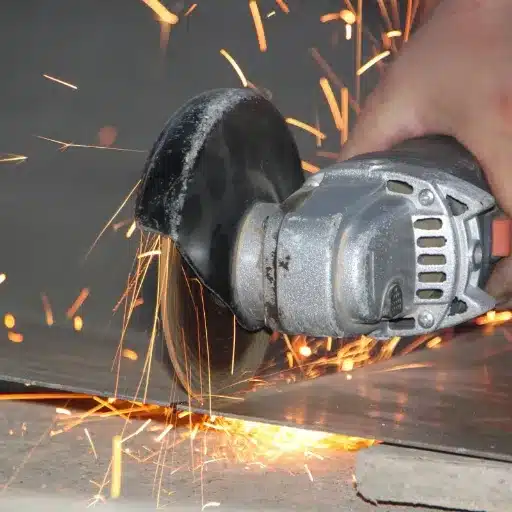
Overview of Cutting Tools
Cutting tools are fundamental parts of any manufacturing and machining processes that allow shaping and uniting of materials in an exact manner. They find their use in a plethora of industries, including the automotive, aerospace, and construction ones, where their use guarantees the production of parts with tight tolerances and excellent surfaces. The most commonly utilized cutting tools are drill bits, milling cutters, saw blades, and grinding wheels. Besides them, each carries out a specific task and works with a specific kind of material.
Today’s cutting tools are made up of advanced materials like carbide, high-speed steel (HSS), and ceramics which help them to endure high temperatures and increase lifespan. An example of this is the carbide cutting tool, which is among the most widely used in manufacturing because of its wear resistance and high-speed capabilities that place it in the category of demanding applications. Carbide tools are already responsible for more than 50% of the total cutting tool consumption worldwide based on the most recent market statistics thus, marking their relevance in contemporary production.
Angle Grinder vs. Circular Saw
| Tool | Description |
|---|---|
| Angle Grinder | An angle grinder can be termed as a multi-purpose tool that is mainly used for cutting, grinding, sanding, and polishing. It Is a handheld tool and its use encompasses a wide range of materials such as metal, stone, and concrete. There Is proof that angle grinders have become a norm in sectors like construction, automotive repair, and metalworking, thanks to being a flexible and compact tool. Moreover, their capability of working with various types of discs gives the users the advantage of conducting tasks as broad as cutting through rebar to conducting rust removal and smoothing welds. Although, one should be aware of the fact that precision cutting is not a strong point of angle grinders when comparing them to circular saws. |
| Circular Saw | By contrast, the circular saw is a specialized tool which function is to execute straight, precise cuts, with wood or wood-like materials being the main target, though certain models can be used for cutting different materials given the right blade is used. An article by ToolGuyd suggests that circular saws are popular among carpenters, furniture-makers, and construction workers, who need to be accurate and efficient when cutting in line. One distinctive feature of circular saws is the presence of guides and accommodations for cutting depth and bevel, meaning that they are well-suited for cutting tasks that need to be more controlled and repeatable. The circular saws are, in a way, less versatile than the angle grinders, but at the same time, their focused design serves the needs of woodworkers and builders who always want precision. |
Choosing the Right Blade for Stainless Steel
- Blade Material:
Amongst all, the carbide-tipped or diamond grit blades are the best choice for stainless steel. Strength-wise, carbide-tipped blades are exceptionally strong and able to cut through stainless steel with little wear; on the other hand, diamond grit blades are the ultimate durability and smoothness. - Tooth Count and Configuration:
For circular saw blades, it is recommended to select one having a high tooth count and with a triple-chip grind (TCG) design. This design not only guarantees cleaner cuts but also minimizes the possibility of creating burrs, especially if the operation is on thin sheets of stainless steel. - Blade Size and Speed:
Specifying the blade size to match your tool specifications is necessary and it’s also necessary that you use a blade that is designed to work at the RPM recommended for stainless steel cutting. Operating over limit or with the wrong speed can result in sub-optimal performance and a shortened blade life. - Friction Reducing Coatings:
Some blades are constructed of special coatings such as titanium or cobalt to cut down on the heat and friction generated while cutting. The coatings to which the blades are treated assist in the retention of the blade edge and therefore ensuring precision throughout the long period of use.
Safety Tips and Best Practices

Protective Gear and Safety Equipment
Safety Glasses or Goggles
The protection of your eyes is of the utmost importance, especially since cutting activities often produce sparks and tiny pieces of metal. It is advisable to go for safety glasses or goggles that are ANSI Z87.1 certified, as they offer impact resistance and complete eye protection.
Ear Protection
It is a fact that power tools used for cutting stainless steel are in the category of noisy and the noise can go up to 90 decibels or more, which could cause hearing loss over time. Therefore, it is best to wear earplugs or noise-canceling earmuffs as a form of hearing protection.
Cut-Resistant Gloves
When working with sharp steel, there are hand injuries all the time because of the handling of sharp edges. That is the reason you should definitely wear gloves that are cut-resistant to level 5, as per the EN 388 standards, in order to decrease the risk of cuts and nicks to almost nonexistent.
Respiratory Protection
One of the major concerns while cutting stainless steel is the production of dangerous dust or fumes containing chromium and nickel. The inhalation of these two metals can be harmful. Therefore, it is recommended to use either an N95 or a P100 respirator in poorly ventilated areas particularly.
Best Practices for Cutting Stainless Steel Safely
Choose the Right Tools
The right choice of tools for cutting stainless steel is of paramount importance. Common tools include angle grinders, plasma cutters, circular saws with carbide blades, or specialized stainless steel cutting shears. Of all the tools, plasma cutters are most suitable for thicker materials due to the fact that they can produce cuts that are not only precise but also very clean. Make sure the tools that you have are well maintained and appropriate for the thickness and type of stainless steel that you are cutting.
Use Lubricants
One of the reasons why so much heat is generated during the cutting of stainless steel is its strength. Using a cutting fluid or lubricant during the operation reduces the heat that gets generated, protects the tool from wearing out quickly, and at the same time improves the quality of the cut. Some studies show that this can extend the life of the tool by 30% or more while ensuring better finishes.
Secure the Material Firmly
Prior to cutting, double-check that the stainless steel is adequately clamped or fastened so that there will be no movements due to vibrations during the cutting process. Shifting of the metal can not only make the cut less accurate but also introduce hazards.
Reference Sources
-
Industrial Metal Service
- Title: Precision in Action: How to Cut Stainless Steel the Right Way
- Summary: This source discusses various tools and techniques for cutting stainless steel, including the use of circular saws with metal cutting blades for straight cuts. It emphasizes precision and efficiency in the cutting process.
- Link: Industrial Metal Service
-
Senyo Rapid
- Title: How to Cut Stainless Steel Sheet Metal Like a Pro
- Summary: This article provides a detailed guide on cutting stainless steel sheet metal, recommending tools like circular saws for straight cuts, jigsaws for curves, and plasma cutters for thicker materials.
- Link: Senyo Rapid
-
Reddit Metalworking Community
- Title: Best Budget Way to Cut 22 Gauge Stainless Sheet
- Summary: A discussion thread where users share practical, budget-friendly methods for cutting stainless steel, including the use of metal cutting chop saw blades and other tools.
- Link: Reddit Metalworking
Frequently Asked Questions (FAQs)
Is it possible to use a jigsaw to cut stainless steel?
A jigsaw can be employed to cut stainless steel, mainly for thinner and softer sheets. It’s advisable to use a blade made for metal cutting as it will increase the possibility of cutting through the stubborn material and at the same time get you a good finish at the edge.
If I am to cut stainless steel, how thick can it be at most?
The maximum thickness of stainless steel that you can cut will vary according to the tool being used. Usually, jigsaws, circular saws, etc., can cut sheets that are 1/8 inches thick without any difficulty. However, if the material is thicker, it will be better to use an angle grinder or a bandsaw to cut it for the best result.
Which stainless steel cutting tips can I apply for getting better results?
Sometimes just the right blade and right material will not be enough for cutting through stainless steel. Besides the right blade, steady pressure and letting the tool perform its task will yield better results. Additionally, a deburring tool used afterward can also assist in eliminating any roughness that may result from the cutting operation.
What techniques are there for cutting the thicker stainless steel sheets?
If you encounter a situation where the thickness of the stainless steel can’t easily be cut, the solution may lie in using cutting tools that have more power such as a bandsaw or a heavy-duty angle grinder equipped with a right cut-off wheel. In addition, pre-drilling holes or a particular thickness may require using multiple passes.

